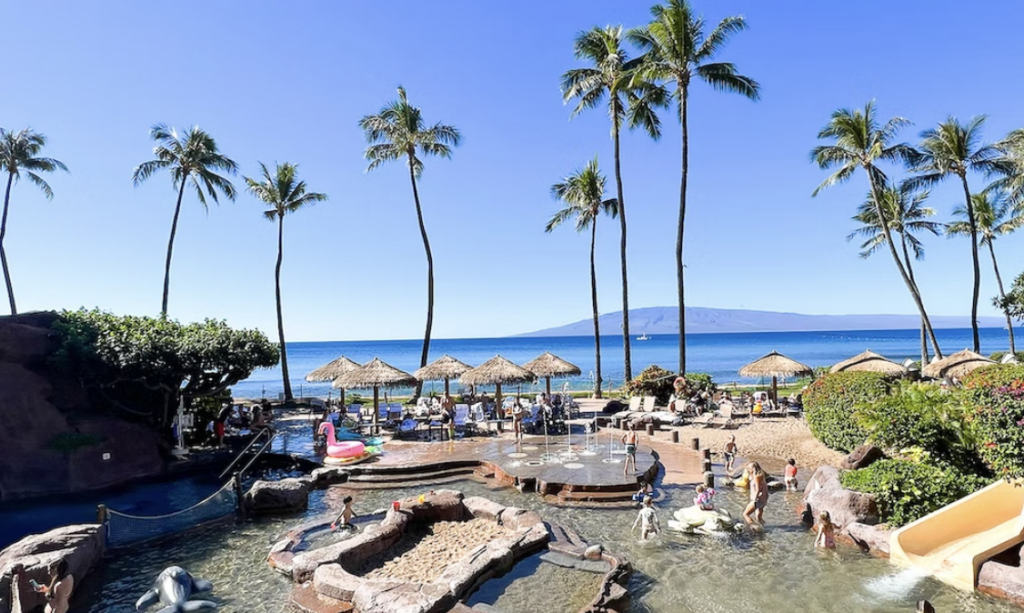How Tourists Are Seriously Harming Hawaii
Over-tourism in Hawaii is negatively impacting the state's delicate ecosystem.
This article is more than 2 years old

When many people think of a getaway they think of a destination such as Hawaii, with pristine beaches, lush rainforests, and unique cultural festivities. Hawaii’s tourism industry generates millions of dollars and helps run the state’s economy. Unfortunately, new research from scientists warns that too much tourism is negatively impacting the island.
It is well known that any tourist destination will play a crucial role in its economy. It creates jobs for locals and generates revenue. In Hawaii, tourism-related revenue is then used to support public services such as fund education, healthcare, and infrastructure.
Tourists are drawn to Hawaii’s beaches, crystal-clear waters, and breathtaking landscapes. All these areas offer a lot of activities, such as surfing, snorkeling, hiking, or camping. However, as the number of visitors to Hawaii continues to rise, the negative impacts of tourism on the islands have become more apparent.
Specifically, one of the most renowned destinations in Hawaii, Molokini Island, is suffering from devastating effects of over-tourism. The island is only 18 acres large and is home to an array of marine life. According to USA Today, Molokini Island is a leading snorkeling and diving destination.
One large issue is overcrowding. USA Today notes that over 40,000 people visited the island in 2019 before the Covid Pandemic, of which many people noted that the island felt crowded. With crowding comes concern for pollution and its environmental impact.
According to Hawaii’s website, Molokini Island is home to nearly 250 different marine species. While tourism is returning back to pre-pandemic levels now, there was a unique impact on the ecosystem from covid-related travel restrictions. New research published in the PLOS ONE Journal has shown the effect that this period of time has on these fish species.
The paper analyzes the effect of human presence on the ecosystem. The studies were conducted in 2020 and 2021, during which covid related travel restrictions mitigated tourism. Their findings saw that previous displaced fish species were now returning to Molokini Island.
The study notes that the displacement of the fish is concerning because it taxes the food chain and the entire marine ecosystem. Kevin Weng, one of the authors of the study from William & Mary’s Virginia Institute of Marine Science, urges improvements in “how tourism is configured in Hawaii” to help reduce the impact humans have on these ecosystems.
However, the effects of overcrowding are not just limited to marine life. Overcrowding has also pushed out native populations from their own lands, according to the International Relations Review. Cultural commodification and the reduction of local traditions are also concerns, as Hawaii’s unique culture and traditions become increasingly commercialized.
It’s no shock that tourism has had a significant impact on Hawaii’s environment. The increased human impact due to overcrowding and over tourism has led to the destruction of natural habitats and ecosystems, so if you’re planning a getaway to Hawaii soon, be aware of this. It was only during the lull in tourism from covid that scientists were able to observe the effects and are now urging people to take note and change practices to conserve these marine ecosystems.



